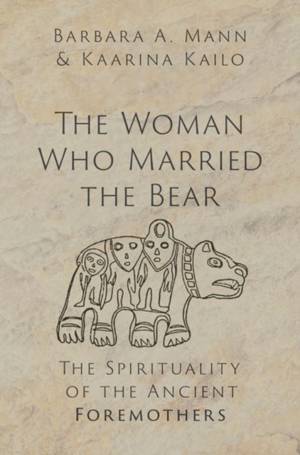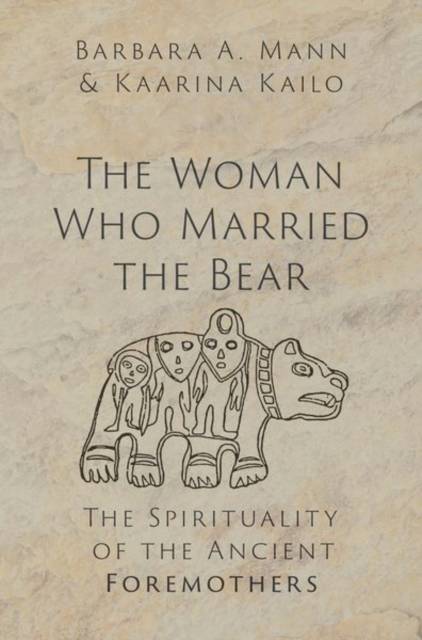
- Retrait gratuit dans votre magasin Club
- 7.000.000 titres dans notre catalogue
- Payer en toute sécurité
- Toujours un magasin près de chez vous
- Retrait gratuit dans votre magasin Club
- 7.000.0000 titres dans notre catalogue
- Payer en toute sécurité
- Toujours un magasin près de chez vous
The Woman Who Married the Bear
The Spirituality of the Ancient Foremothers
Barbara Alice Mann, Kaarina Kailo
Livre relié | Anglais
177,45 €
+ 354 points
Description
Stories of the primordial woman who married a bear, appear in matriarchal traditions across the global North from Indigenous North America and Scandinavia to Russia and Korea. In The Woman Who Married the Bear, authors Barbara Alice Mann, a scholar of Indigenous American culture, and Kaarina Kailo, who specializes in the cultures of Northern Europe, join forces to examine these Woman-Bear stories, their common elements, and their meanings in the context of matriarchal culture. The authors reach back 35,000 years to tease out different threads of Indigenous Woman-Bear traditions, using the lens of bear spirituality to uncover the ancient matriarchies found in rock art, caves, ceremonies, rituals, and traditions. Across cultures, in the earliest known traditions, women and bears are shown to collaborate through star configurations and winter cave-dwelling, symbolized by the spring awakening from hibernation followed by the birth of "cubs." By the Bronze Age, however, the story of the Woman-Bear marriage had changed: it had become a hunting tale, refocused on the male hunter. Throughout the book, Mann and Kailo offer interpretations of this earliest known Bear religion in both its original and its later forms. Together, they uncover the maternal cultural symbolism behind the bear marriage and the Original Instructions given by Bear to Woman on sustainable ecology and lifeways free of patriarchy and social stratification.
Spécifications
Parties prenantes
- Auteur(s) :
- Editeur:
Contenu
- Nombre de pages :
- 296
- Langue:
- Anglais
Caractéristiques
- EAN:
- 9780197655429
- Date de parution :
- 24-11-23
- Format:
- Livre relié
- Format numérique:
- Genaaid
- Dimensions :
- 163 mm x 226 mm
- Poids :
- 544 g

Les avis
Nous publions uniquement les avis qui respectent les conditions requises. Consultez nos conditions pour les avis.






